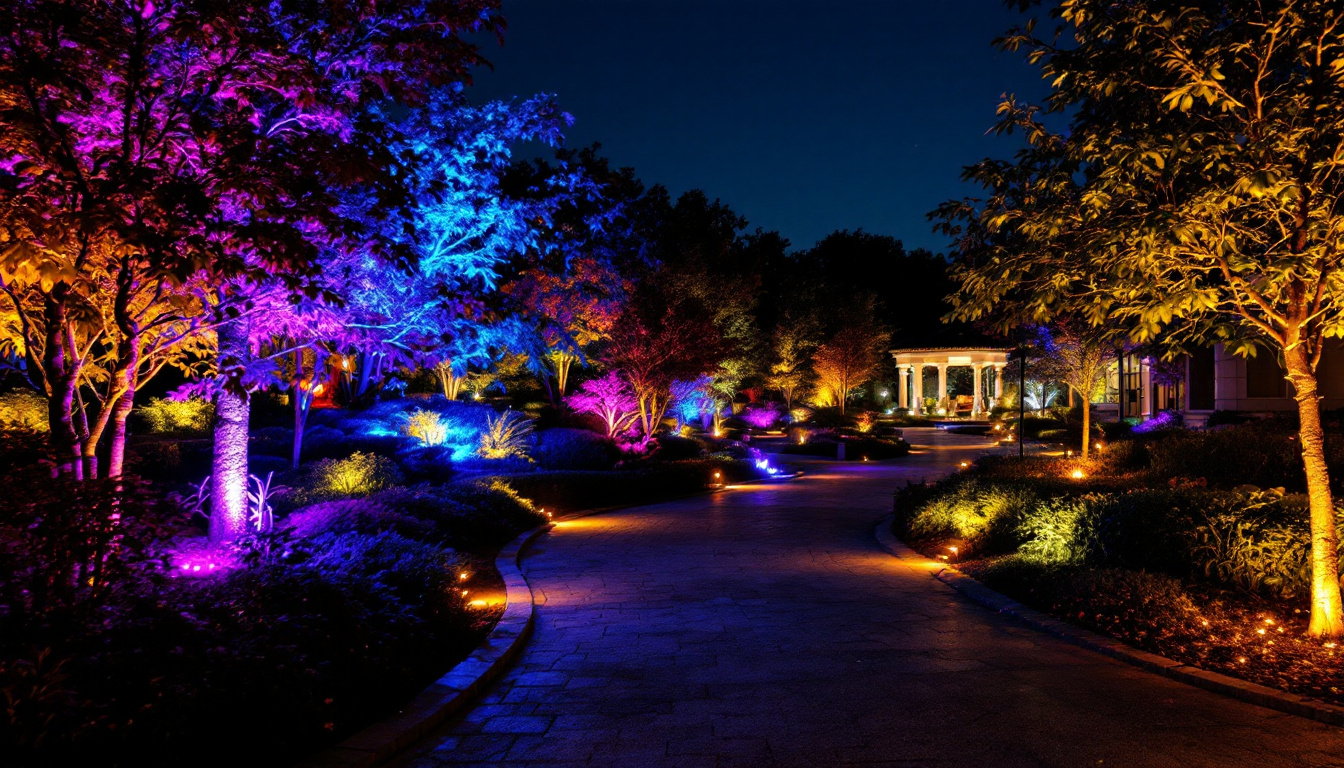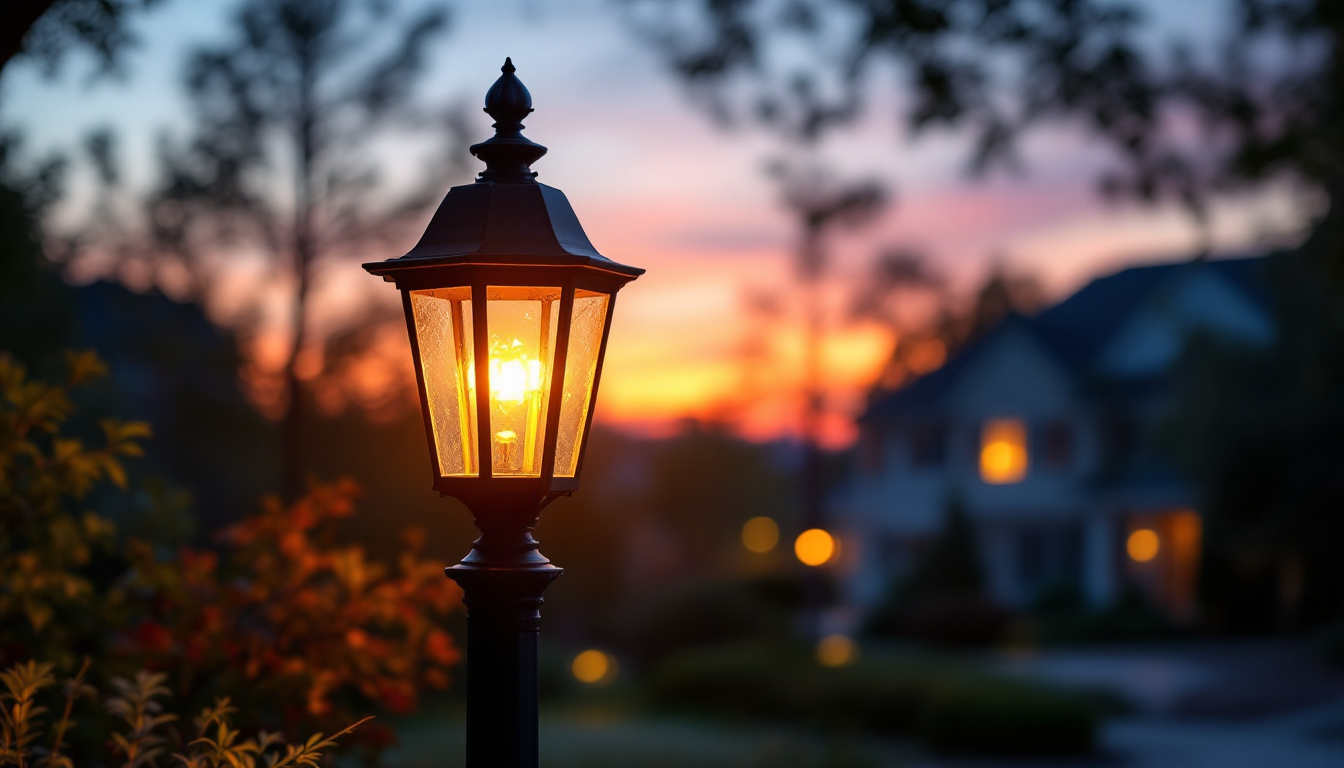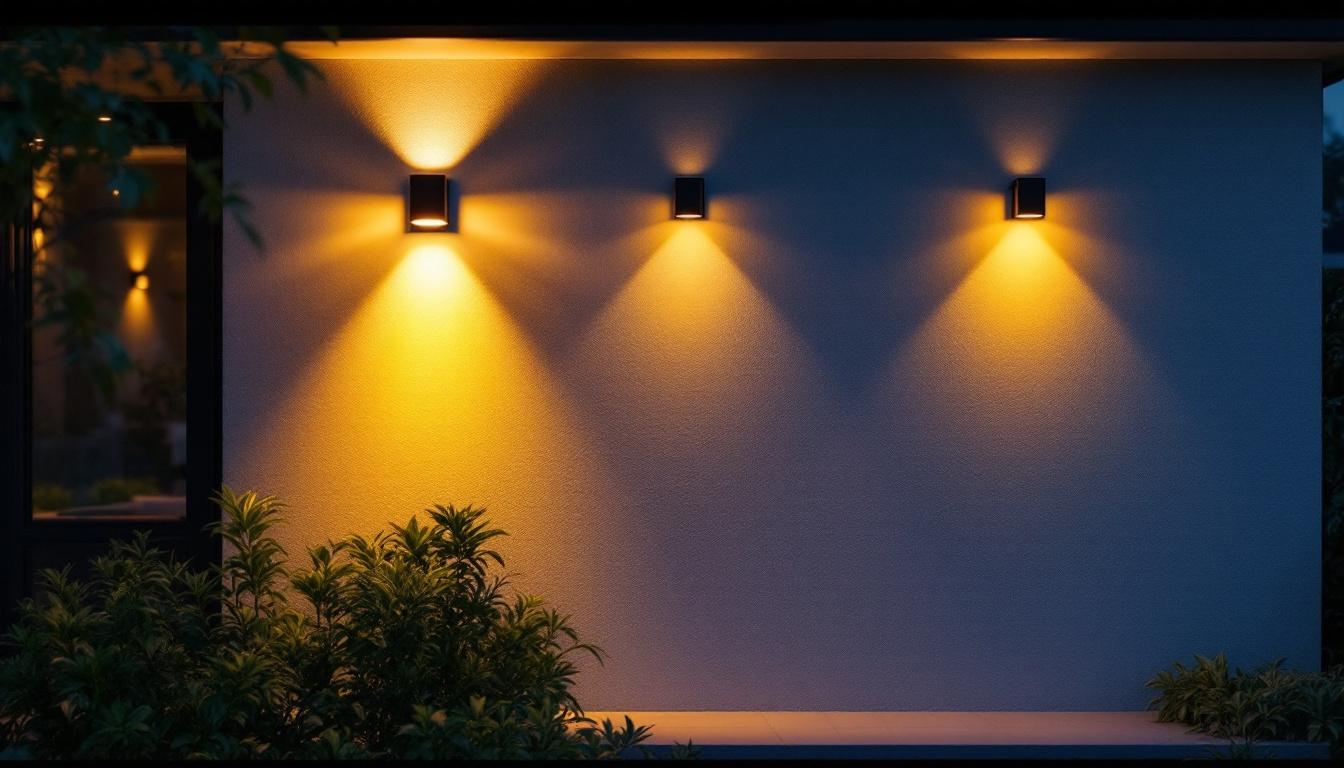
In the realm of landscape lighting, colored lights have emerged as a powerful tool for creating ambiance and enhancing outdoor spaces. For lighting contractors, understanding the best practices for installing and utilizing colored landscape lights is crucial for delivering exceptional results to clients. This article explores various aspects of colored landscape lighting, including design considerations, installation techniques, and maintenance tips.
Color plays a significant role in landscape lighting, influencing mood and perception. Different colors can evoke various emotions and highlight specific features of a landscape. For instance, warm colors like reds and yellows can create a cozy and inviting atmosphere, while cool colors such as blues and greens can impart a sense of tranquility.
Moreover, the strategic use of colored lights can enhance architectural features, foliage, and water elements, allowing contractors to craft unique visual narratives. Understanding color theory and its implications in outdoor settings is essential for any lighting contractor aiming to provide a comprehensive lighting solution.
Color temperature, measured in Kelvin (K), is a critical aspect of lighting design. It defines the warmth or coolness of a light source. For landscape lighting, a range of 2700K to 3000K is often preferred for warm white lights, while cooler options can range from 4000K to 5000K. When incorporating colored lights, it’s essential to consider how these colors interact with the existing color temperature of the landscape.
Lighting contractors should also be aware of the color rendering index (CRI), which measures how accurately a light source displays colors in comparison to natural light. A higher CRI is desirable for landscape lighting, as it ensures that colors appear vibrant and true to life. This is particularly important in settings where natural beauty is paramount, such as gardens or parks, where the interplay of light and color can dramatically alter the viewer’s experience.
Before embarking on a project, it’s advisable to develop a cohesive color palette that aligns with the client’s vision and the landscape’s characteristics. A well-thought-out palette can guide the selection of colored lights and help maintain harmony throughout the outdoor space.
Contractors should consider factors such as the existing plant life, hardscape materials, and architectural elements when choosing colors. For instance, warm colors may complement brick or stone features, while cooler shades might enhance the appearance of water features or lush greenery. Additionally, seasonal changes in foliage can influence color choices; for example, the vibrant hues of autumn leaves may call for warmer lighting to accentuate their richness, while the fresh greens of spring might benefit from cooler, more refreshing tones.
Furthermore, the integration of colored lighting can also serve practical purposes beyond aesthetics. For example, using blue or purple lights can help deter insects, as many pests are less attracted to these colors. This dual functionality not only enhances the beauty of the landscape but also contributes to a more enjoyable outdoor experience, making it essential for contractors to consider both the visual and practical implications of their color choices.
Effective design is fundamental to the success of any landscape lighting project. When working with colored lights, contractors should take into account various design principles to maximize visual impact.
Layering light involves using different types of lighting to create depth and dimension. In the context of colored landscape lights, this can mean combining ambient, task, and accent lighting to achieve a balanced look. Ambient lighting provides overall illumination, task lighting focuses on specific areas, and accent lighting highlights features or elements of interest.
When layering colored lights, it’s essential to ensure that the colors complement each other and the overall design. For example, using a combination of warm and cool colors can create a dynamic and visually appealing atmosphere, while sticking to a single color can evoke a more serene and cohesive feel. Additionally, the choice of fixtures plays a crucial role; using fixtures that can diffuse light effectively will help in blending the colors seamlessly, creating a harmonious environment that enhances the natural beauty of the landscape.
Identifying focal points in a landscape is crucial for effective lighting design. These can include trees, sculptures, water features, or architectural elements. By strategically placing colored lights to highlight these features, contractors can draw attention to the most beautiful aspects of the landscape.
Using colored lights to create highlights can also add drama and intrigue to the space. For example, illuminating a tree trunk with a warm color while casting cool light on the surrounding foliage can create a stunning contrast that enhances the overall aesthetic. Furthermore, incorporating moving lights or color-changing fixtures can add an element of surprise, as the colors shift and change, creating a dynamic visual experience that captivates viewers and invites them to explore the landscape further.
When working with colored landscape lights, achieving the right balance of color and intensity is vital. Overly bright colors can be overwhelming, while too dim lighting may fail to make an impact. Lighting contractors should experiment with different intensities to find the perfect balance that enhances the landscape without overpowering it.
Additionally, dimmers and color-changing LED fixtures can provide flexibility in adjusting the intensity and hue of the lights, allowing for dynamic changes throughout the evening or for special events. This adaptability is particularly beneficial for outdoor spaces that may host gatherings or celebrations, as it allows the lighting to shift in response to the mood and activities taking place. Moreover, considering the seasonal changes in the landscape can inform lighting choices, ensuring that the colors chosen will resonate well with the natural surroundings throughout the year, from vibrant spring blooms to the muted tones of autumn foliage.
Proper installation is essential for ensuring the longevity and effectiveness of colored landscape lights. Lighting contractors should adhere to best practices to achieve optimal results.
The selection of fixtures is a critical step in the installation process. Contractors should consider the type of colored lights that will best suit the project, including LED, incandescent, or halogen options. LEDs are particularly popular due to their energy efficiency, longevity, and the availability of a wide range of colors.
When selecting fixtures, it’s also important to consider their durability and weather resistance, especially for outdoor applications. Fixtures should be rated for outdoor use to withstand the elements and maintain their performance over time.
Proper wiring and power supply are crucial for the safe and effective operation of colored landscape lights. Contractors should ensure that the wiring is appropriately rated for outdoor use and that all connections are secure and weatherproof.
When designing the electrical layout, it’s essential to consider the total wattage of the fixtures and ensure that the power supply can handle the load. Utilizing low-voltage systems can enhance safety and reduce energy costs, making them a popular choice for landscape lighting projects.
Once the installation is complete, thorough testing is necessary to ensure that all fixtures are functioning correctly and that the desired effects are achieved. Contractors should take the time to adjust the angles and positions of the lights to optimize their impact on the landscape.
Testing should also include evaluating the color output and intensity. If certain colors appear washed out or overly bright, adjustments can be made to improve the overall balance and harmony of the lighting scheme.
Regular maintenance is essential for preserving the performance and appearance of colored landscape lights. Lighting contractors should educate clients on the importance of upkeep to ensure the longevity of their investment.
Over time, dirt, debris, and weather conditions can accumulate on lighting fixtures, affecting their performance. Regular cleaning is necessary to maintain optimal light output and color accuracy. Contractors should recommend a cleaning schedule to clients, emphasizing the importance of using appropriate cleaning solutions that won’t damage the fixtures.
In addition to cleaning the fixtures, it’s also important to inspect the surrounding landscape for any growth that may obstruct the light. Pruning plants and trimming foliage can help maintain the intended lighting effects.
Electrical components should be periodically checked to ensure they are functioning correctly. This includes inspecting wiring for any signs of wear or damage, as well as testing connections to prevent potential issues. Contractors should advise clients to report any flickering or dimming lights, as these can be indicators of underlying electrical problems.
Additionally, it’s wise to review the power supply to ensure it can handle the load of the colored lights, especially if any new fixtures have been added since the initial installation.
As technology advances, lighting options continue to evolve. Contractors should stay informed about new developments in colored landscape lighting, including more efficient LED options and smart lighting systems that allow for greater control and customization.
Encouraging clients to consider upgrades can enhance their outdoor lighting experience and improve energy efficiency. Regularly updating the technology used in landscape lighting can also help contractors maintain a competitive edge in the industry.
Colored landscape lights offer a unique opportunity for lighting contractors to enhance outdoor spaces and create stunning visual experiences. By understanding the importance of color, adhering to design principles, employing effective installation techniques, and committing to regular maintenance, contractors can deliver exceptional results that meet and exceed client expectations.
As the demand for innovative landscape lighting solutions continues to grow, staying informed about best practices and emerging technologies will empower contractors to thrive in this dynamic field. With the right approach, colored landscape lights can transform any outdoor space into a captivating environment that delights and inspires.
Ready to elevate your landscape lighting projects with vibrant colors and unmatched quality? Look no further than LumenWholesale for all your lighting needs. Our extensive selection of spec-grade lighting products is designed to bring your creative visions to life while ensuring durability and performance. With unbeatable wholesale prices and the convenience of free shipping on bulk orders, you can provide your clients with the best value without compromising on quality. Transform outdoor spaces into enchanting environments with the perfect blend of color, quality, and affordability. Wholesale Lighting at the Best Value is just a click away. Experience the LumenWholesale difference today!

Discover how outdoor lantern post lights can provide a competitive edge for lighting contractors.

Discover the key differences between shunted and non-shunted sockets and explore innovative hacks that smart lighting contractors can use to optimize installations.

Discover the essential guide for lighting contractors on selecting the perfect tanning bed replacement bulbs.

Discover how lighting contractors can enhance their projects with external wall lights equipped with photocells.